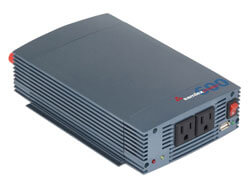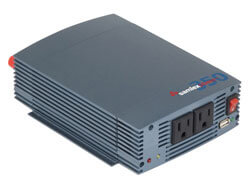raggie33
*the raggedier*
- Joined
- Aug 11, 2003
- Messages
- 14,637
sorry to ask here but spent all night on the internet looking for ansswers but one website says yes then another says no lol. im looking to charge my ebike with one the bike uses a ac to dc adapter. also what about laptops? wont the charger of the laptop convert it to dc anyways? explain it to me in a homer simpson way please



